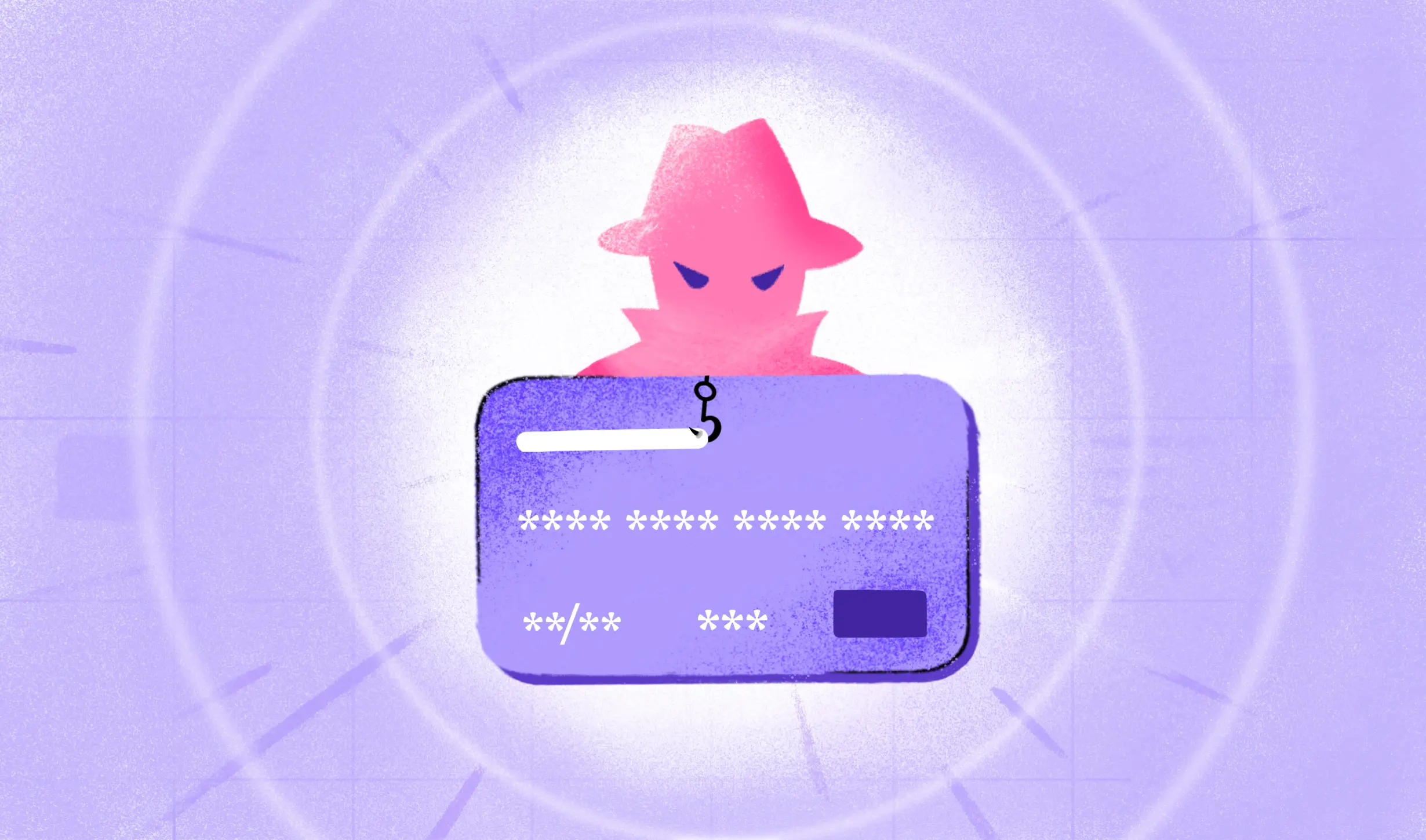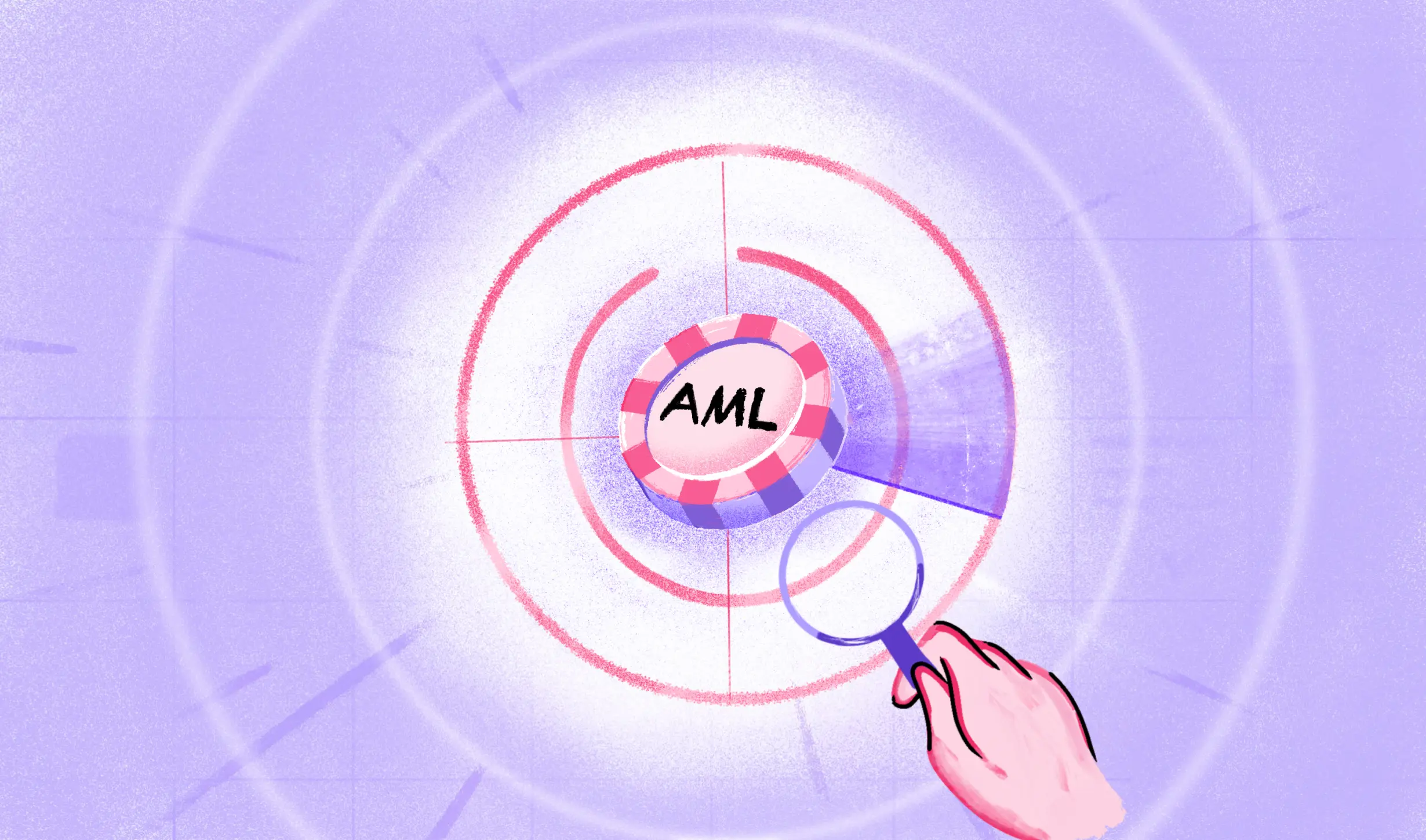Identity verification is a critical process in the user onboarding workflow. An inefficient verification process is a recipe for frustration and, in many cases, abandonment.
And that’s why a streamlined and efficient ID verification process is the need of the hour.
In this blog, we’ll dig deep into the process of identity verification, shedding light on the challenges that businesses and users alike face. More importantly, we’ll cover actionable strategies and tips to ensure a seamless, user-friendly experience.
What Does the Identity Verification Process Include?
Identity verification is a multifaceted process. Let’s cover the different identity verification methods and steps involved in the verification process.
Document Verification
Official identity documents such as passport verification, driver’s licenses, and social security cards are verified to confirm the identity of an individual. Various security features and details on the document are analyzed to ensure their authenticity. These include:
- Holograms
- Watermarks
- UV printing
Document verification aims to prevent identity theft and fraud by ensuring that the individual verifying their identity is indeed the same person.
Data Verification
Data verification goes beyond examining physical documents. This can include cross-referencing personal data such as names, address verification, credit history, and other personal details. Data verification can also involve checking the information against external databases, credit bureaus, and public records to verify identity.
Email and Phone Verification
This involves confirming the authenticity of the email address and phone number provided by the individual. This ensures that the email and phone number are associated with the user and are functional. Email and phone verification prevent identity fraud and can be used for sending verification codes to the user.
Facial Recognition
Face authentication leverages facial recognition technology to verify an individual’s identity. Users capture their face through a camera or webcam. The system then compares the captured image with an existing image, such as a government-issued ID. Robust face authentication tools also perform a ‘liveness check’ to ensure that the picture taken is real-time and not a dedupe or a picture of a picture.
Bank Account Verification
Bank verification confirms the account holder’s name and account number. Account verification must be completed for online payments, direct deposits, and money transfers. Bank account verification adds an extra layer of trust and security to financial transactions. It protects the user as well as the financial institution from identity fraud.
Biometric Data Verification
Biometric identity verification uses fingerprints, facial features, iris scans, and voice recognition. The biometric data is matched against identity documents and government databases to complete identity authentication.
Challenges in the Identity Verification Process
Navigating the digital identity landscape isn’t without challenges. Striking a balance between security and user convenience is crucial. You must provide a seamless and effortless verification process, or risk losing customers.
Additionally, keeping up with the ever-evolving maze of industry or regional regulations is a big challenge. Compliance with these regulations is non-negotiable and requires constant vigilance to avoid legal repercussions and reputational damage.
3 Tips For Efficient Digital Identity Verification
So, how do you go about ensuring a smooth and efficient digital identity verification process? Here are some key strategies:
1. Prioritize User Experience During the Identity Verification Process
Make the process as intuitive and user-friendly as possible. Minimize the number of steps and provide clear instructions. Real-time feedback and guidance can enhance the user experience and reduce frustration.
It’s also useful for users to see the estimated time of completion of the entire process, including any waiting period involved. For example,
The goal is to strike the right balance between security and ease of use, ensuring that users don’t abandon the verification process due to complexity.
PS: With HyperVerge, you can complete the identity verification process within minutes and customize the user experience as per your branding guidelines!
2. Ensure That You’re Compliant
Adherence to industry and regional regulations is non-negotiable.
Implement a robust compliance framework to ensure that your identity verification process meets these standards. You’ll need to ensure that you handle users’ sensitive data safely and that your procedures align with evolving regulations.
Reliable identity verification solutions like HyperVerge automate this process and will automatically ensure that you’re compliant.
3. Work With a Robust Identity Verification Services Provider
Partner with digital identity verification solutions specifically made for global businesses. Identity verification solutions will enable you to onboard global users, protect you from fraud, and set international compliance on auto-pilot so you never have to worry about it again.
In Conclusion
Efficient identity verification isn’t just about safeguarding data, it’s also about building and maintaining positive customer relationships.
HyperVerge is your one-stop-shop when it comes to all things identity verification, including:
- Video KYC
- Age Verification
- Document Verification
- Face authentication
- Biometrics Verification
- AML Compliance
Want to know how HyperVerge is changing the world of identity verification? Read our Ultimate Guide to Identity Verification here. Or you can get started with HyperVerge right away with our free trial!
FAQs
Why is it necessary to go beyond legacy KYC?
It is necessary to abandon legacy KYC processes as these have a higher level of risk, are difficult to manage, and also hamper the customer experience, leading to higher churn rates.
Why should you outsource your identity verification?
Outsource your identity verification to vendors who have a proven track record of maintaining high accuracy when it comes to face and text recognition. The level of risk is also minimal, as customer data will be handled by them and not by you.
What is GDPR, and how does it help the end customer?
GDPR (General Data Protection Regulations) are rules affecting data security and privacy in the EU. GDPR effectively makes the customer the custodian of the privacy and security of all information submitted by them. This makes it almost impossible for organizations to use customer information without consent.

 US
US
 IN
IN









